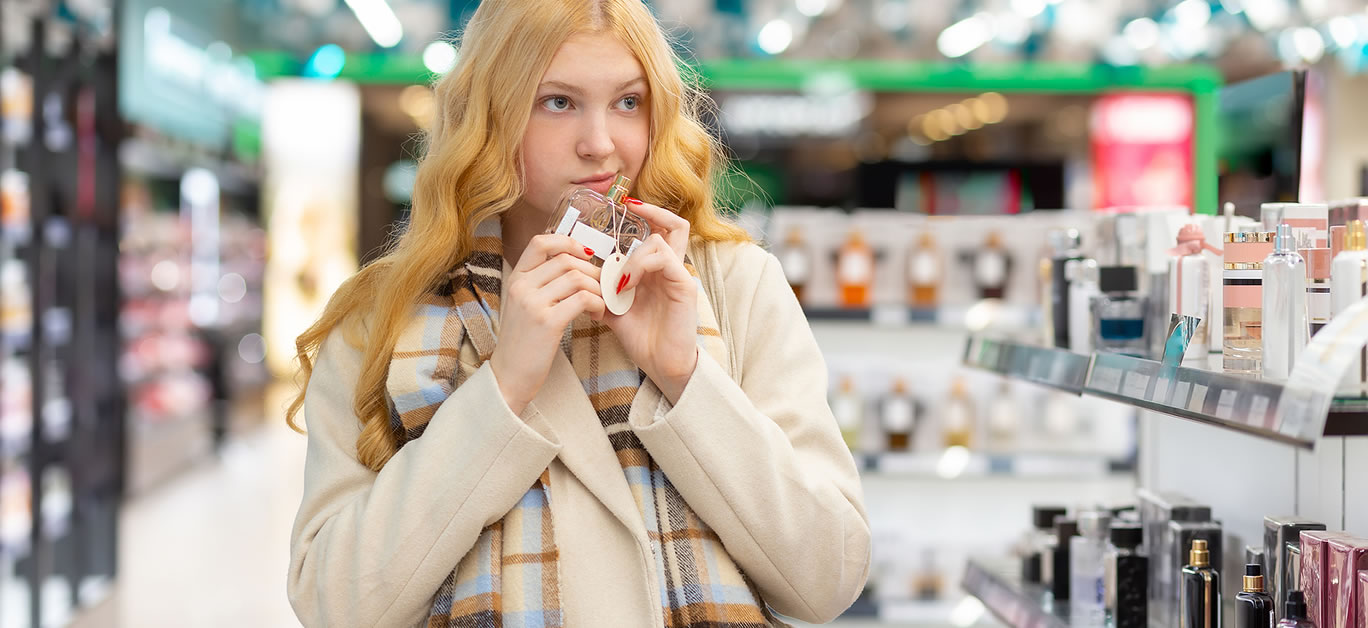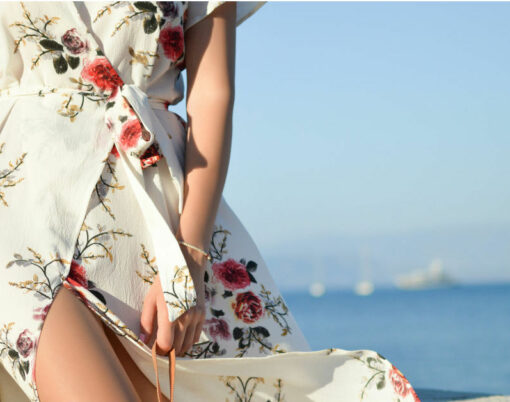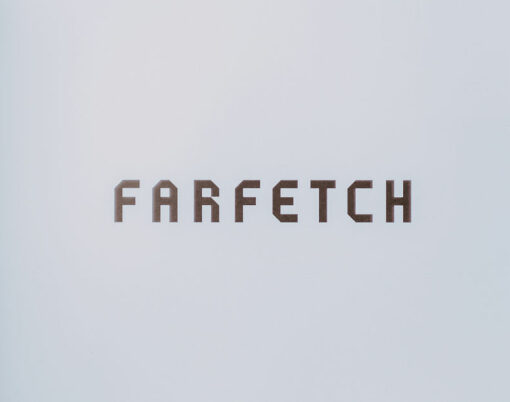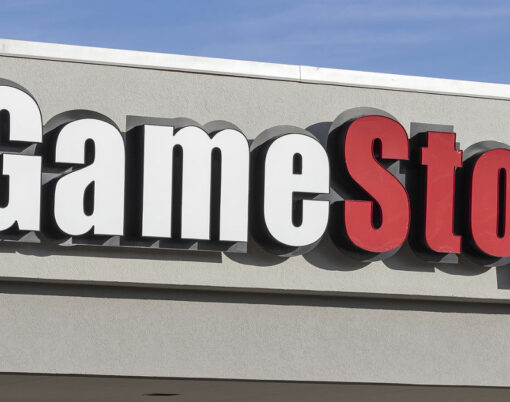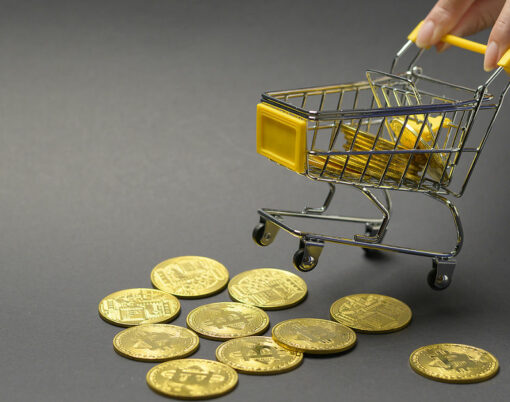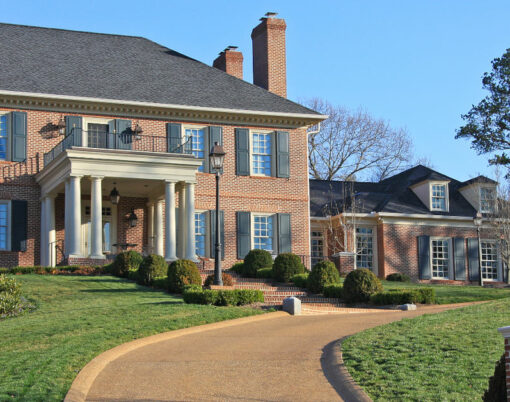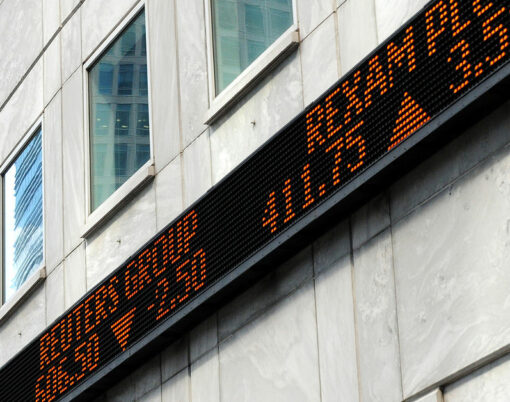The global luxury goods market is today worth £235 billion and despite the many challenges facing the industry currently – from empty high streets to lockdowns – the sector is proving resilient and estimated to be worth upwards of £319 billion by 2025.
We spoke to Ewald Damen, partner and creative director at leading design specialist agency Virgile+Partners, to get his take on the evolving luxury retail market, and the opportunities and challenges lying ahead.
What are the biggest changes you’ve seen in luxury retail over the last year?
Reported figures have shown the luxury market has returned to a pre-pandemic growth with an expected 6-8 per cent continuing annual increase. I believe the recovery of luxury retail is due to the sector and brands’ fast response to different formats and engaging with clients in other ways. Limited travel had a severe impact on the luxury market for many reasons, however, brands seem to have done well in ensuring an increase in brand loyalty and an appetite for luxury goods.
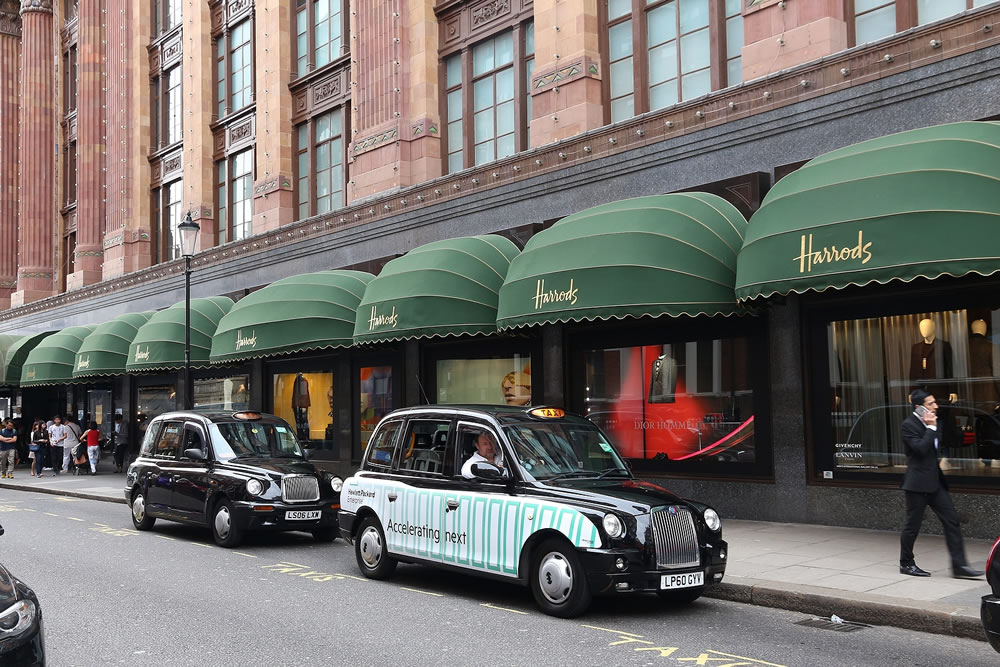
What do you expect to be the biggest changes we’ll see in luxury retail in 2022?
Some of the success of 2021 sales relied on people buying less but at a higher value. They might not necessarily be the typical luxury customer, but this potentially covers a much larger part of the population. In addition, the existing luxury client is also pursuing a higher value product, sometimes with the aim of future investment. It will be interesting to see how brands continue to adapt to the changing demand and customer engagement in-store and through other means.
As supply chain disruption continues for a second year, how will it impact luxury retail in the next year?
As with most industries, supply chain issues and manufacturing will affect the market. But on a positive note, it could help to restore the exclusiveness luxury is all about – with a focus on limited editions and higher value due to restricted access. There could be a focus on more creative/innovative designs and products, rather than a bigger production line.
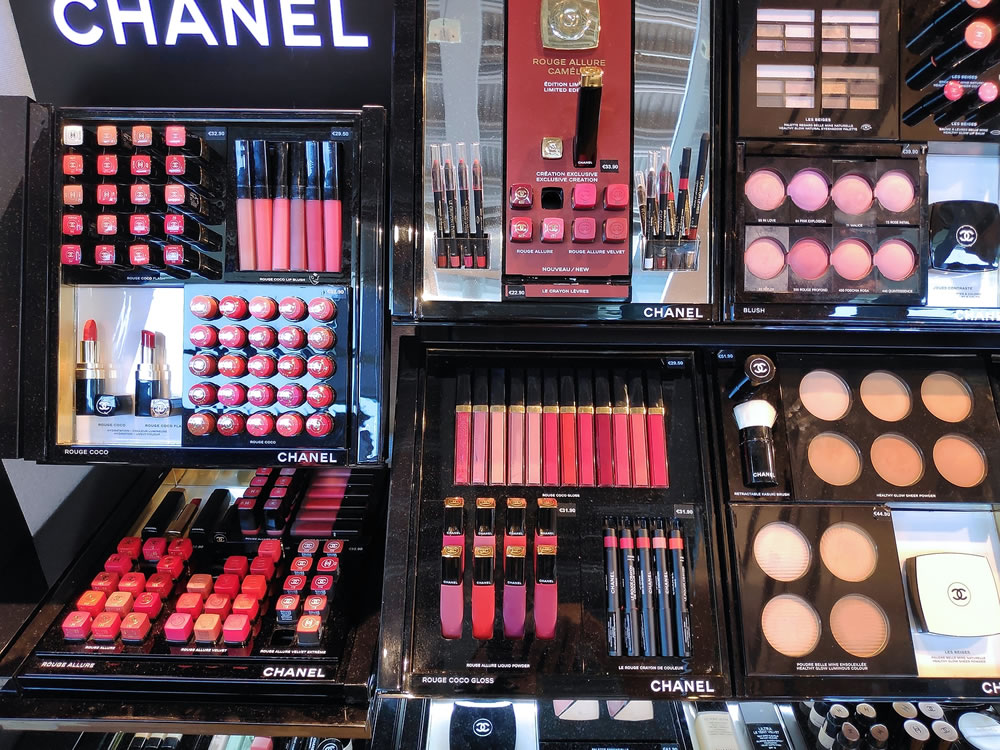
What will 2022 look like for the luxury department store?
As a house of brands, luxury department stores will continue to work closely with their selected portfolios of exclusive brands. The individual houses need to have a strong brand identity to distinguish themselves from the rest. Many key luxury houses carry the same brands, so what sets them apart is their store, brand communication and services, which are all becoming increasingly important.
We’ve seen a rise in luxury brands embracing the metaverse in the last year. What does the future hold for luxury brands in this digital space and how do they connect with their customers?
Luxury brands have been adopters and sometimes pioneers in embracing new technology and the opportunities it presents to them. Innovation and being at the forefront to set the tone is part of what keeps them in the luxury category. The metaverse is no exception and luxury brands should keep exploring new and creative ways – in and outside of their stores – to connect with their customers, who have high expectations, connections, and appreciation for new technology.
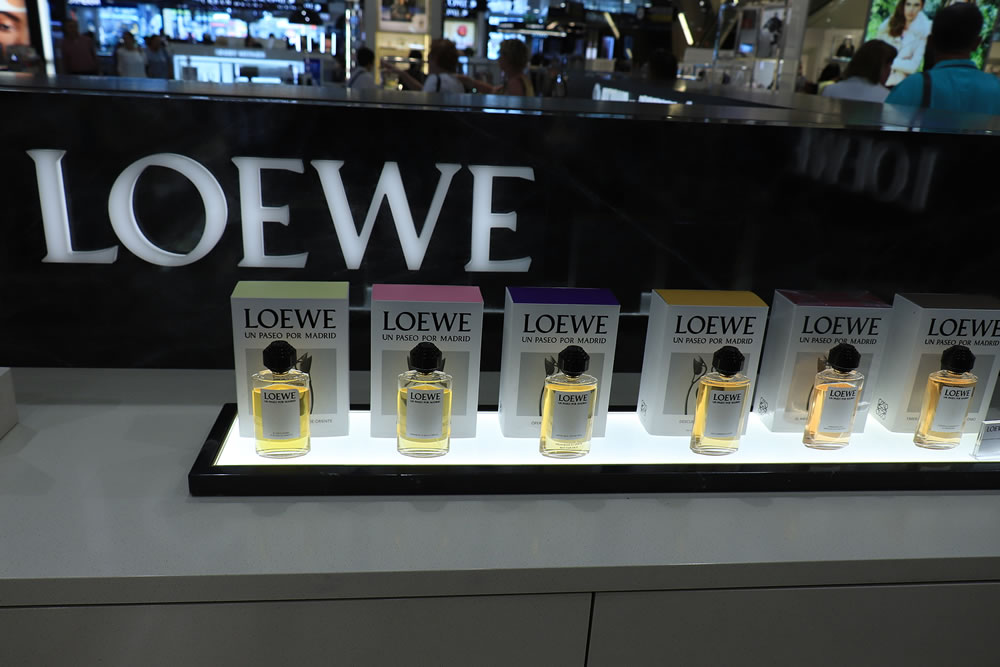
Sustainability is arguably one of the most important issues for luxury brands in the new year. What will a sustainable luxury brand look like in 2022 (and beyond)?
Sustainability has been an important issue for many years; however greater awareness and more visible impact on the planet have pushed it up the agenda for many sectors and brands must have an active response. The luxury brand sector is not excluded and superficial solutions are insufficient to satisfy a discerning luxury clientele with high expectations. Sustainability won’t be the main focus for luxury brands, rather it – and increased ethical awareness – will be a naturally embedded consideration across multiple fronts – throughout manufacturing and delivery.












